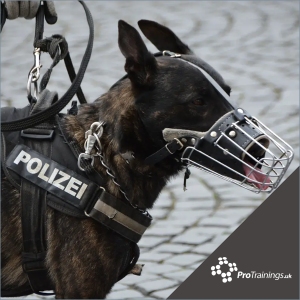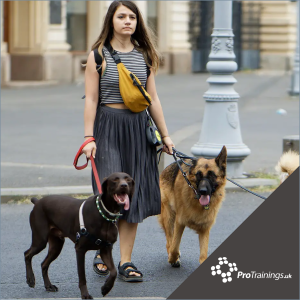PetGuard, a leading pet insurer, has shared insights into effective dog training, highlighting key strategies that can help owners train their pets successfully.
While various methods and theories exist, most agree that dog training is essential for maintaining control and reinforcing the bond between dog and owner. Training helps manage a dog’s behaviour, particularly in situations such as walks, interactions with other dogs, or encounters with strangers.
The notion that “you can’t teach an old dog new tricks” is often misunderstood. Both young and old dogs can be trained, and doing so plays a crucial role in creating a balanced and harmonious living environment. Training is also a practical way to address or prevent negative behaviours, such as aggression, excessive barking, phobias, and destructiveness.
“Dogs are intelligent animals and can become bored if not trained,” says Simon Bennett, Managing Director at petGuard. He emphasises that regular training provides mental stimulation, which is crucial for preventing unwanted behaviours.
The Role of Food in Dog Training
One of the most widely used and effective training methods involves the use of food as a reward. Treats act as powerful motivators for dogs, making it easier for owners to guide their pets through various commands and exercises. For example, a simple way to teach a dog to sit is by holding a treat near their nose and slowly raising it above their head. The dog instinctively sits down, and the owner can then reinforce the behaviour with affection and praise.
For commands like “come,” a leash and collar are typically used initially. The owner crouches to the dog’s level, gently pulls on the leash, and says “come.” Once the dog responds, they are rewarded with a treat. After mastering the command on a leash, training can progress to off-leash practice in a secure environment.
Clicker Training: An Effective Technique
Clicker training, also known as marker training, is another popular method used by trainers and owners alike. This technique involves using a handheld clicker to mark a teachable moment. The clicker’s sound is paired with a verbal command or an action the dog is being taught. Similar to food-based training, clicker training also requires treats as positive reinforcement.
The advantage of the clicker over voice commands is its consistent and neutral sound, which dogs can easily associate with a positive action. This helps avoid any confusion caused by voice tones, which may carry emotional connotations. As with other forms of training, consistency is key. Every time the clicker is used, it should be immediately followed by a reward.
“Whichever method you use, your dog will respond best to training in a quiet and distraction-free environment,” adds Bennett, underscoring the importance of a calm setting to optimise the training process.
Consistent Training for Positive Results
Both food-based training and clicker training require consistency and patience to be effective. Whether teaching basic commands or addressing more complex behavioural issues, regular reinforcement is essential for long-term success. Training sessions should be kept short but frequent, ensuring that dogs remain engaged without becoming overwhelmed.
Training is not only beneficial for the dog’s behaviour but also strengthens the relationship between the dog and its owner. By providing clear guidance and using positive reinforcement, owners can foster a sense of trust and understanding, leading to a happier, more well-adjusted pet.
Through its expert advice, petGuard aims to support dog owners in achieving successful training outcomes, ensuring that their pets are well-behaved, content, and balanced.








